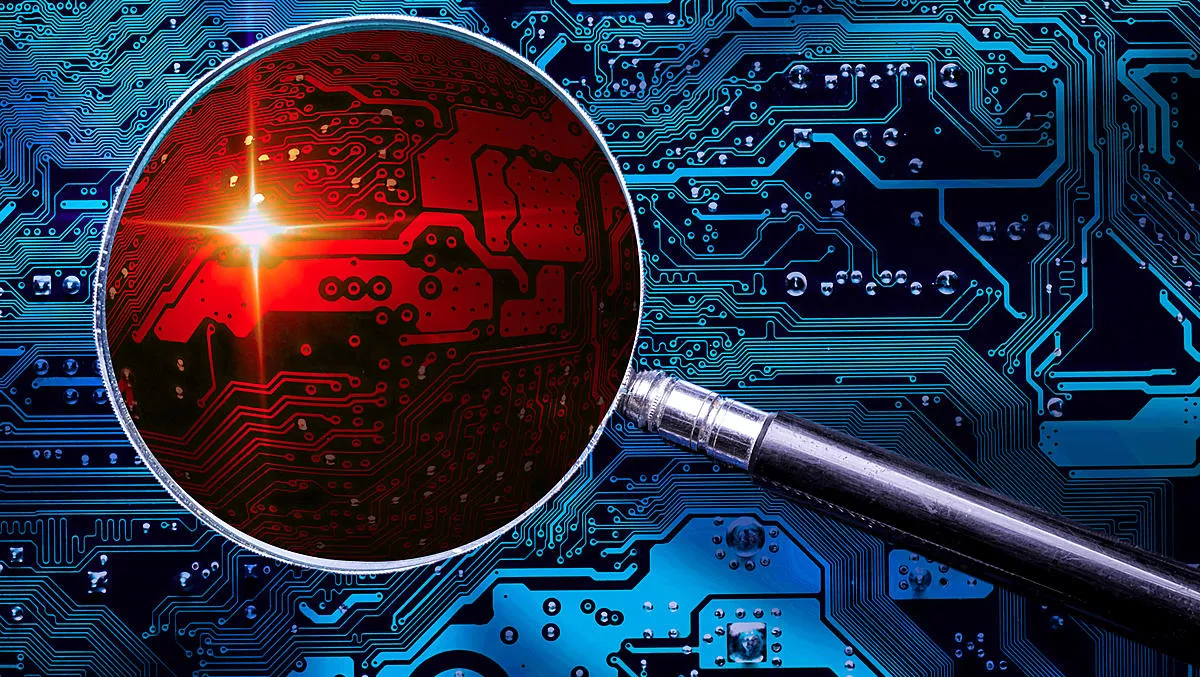
Revealed: The top digital data trends for crime scene investigation
Digital data is becoming increasingly essential for law enforcement agencies for investigations, crime scene evidence collection and agency management, and research recently released by Cellebrite has confirmed its critical importance in the day to day operations of law enforcement and investigative teams.
A report published today surveying over 2,000 law enforcement agency personnel in over 110 countries has revealed six major trends in digital intelligence, including consensus among investigators that gathering digital evidence at the scene of a crime is critical for investigations, with 75% affirming this.
"We are seeing an increasing trend with law enforcement, who are now leveraging digital evidence to expedite case conclusions," says Cellebrite co-CEO Yossi Carmil.
"Agency managers are focused on transforming their organisations by implementing Digital Intelligence solutions.
"There is a need to empower frontline responders in the field to access information that is critical to reduce time to evidence.
The trends: Agencies recognize the growing role of digital data but are slow to adaptThe survey indicates that digital data is proving to be more informative and crucial when solving law enforcement cases than physical evidence.
43% of agencies report either a poor or mediocre strategy or no digital intelligence strategy at all.
This contrasts with 64% of agency management staff who see digital investigations playing 'a very high role' in keeping communities safe.
With more than 82% growth in the role of digital data from devices compared to three years ago, the need for a highly trained staff to be able to navigate and leverage vast amounts of data has increased dramatically, says Cellebrite.
Citizens unwilling to give up their privacy presents a challenge
Requiring consent to confiscate devices potentially containing evidence is becoming a problem for investigators.
The survey revealed that over 70% of officers are still asking witnesses and victims to surrender their devices so evidence can be extracted, however, understandably, most people do not want to have their device taken away.
67% of agency management therefore believe that mobility technology is important or very important to the agency's long-term digital evidence strategy and 72% of investigators believe it is important to conduct in-the-field extractions of this data.
A new generation of digital-savvy officers is being sought
84% of agency management rate mobility technology as being important to their long-term digital intelligence strategy.
Most agency managers believe police forces that embrace mobile tech to collect digital evidence in the field will help them prepare for digital evidence challenges of 2020.
According to the research, on average each case has 2-4 mobile devices that need to be examined.
This means examiners typically conduct 26 mobile device examinations monthly, translating to 300+ annually per agency.
Smartphones continue to top the list of most frequent evidence sources, but the variety of digital sources used in investigations is increasing.
Source such as CCTV, wearables, smart home technology, internet of things (IoT) devices, drones, cars and even gaming systems are being used by criminals more frequently to mask illegal activity.
Budget and overtime constraints limit digital investigation efficiency
Investigators can face an average three-month backlog and an average backlog of 89 devices per station, according to the research.
Budget constraints mean working overtime is no longer an option, as seen in the nearly 20% decrease in overtime hour allowances in the last year for agencies surveyed.
For this reason, the need to prioritise digital intelligence analysis and management has risen to 40% this year, in comparison to 25% last year.
The biggest challenges labs face continues to be locked devices and encrypted apps; 60% of devices that reach the lab are locked.
High demand for digital data analytics for investigationsInvestigators and examiners are facing challenges in managing the explosion of digital data when paired with budget cuts and the shortage of overtime allowances.
Only 25% have adopted digital analytic tools. While in the past mobile device storage was limited to a few gigabytes, the new generation of devices has storage reaching as high as 1TB.
This means, on average, investigators spend 43 hours per week reviewing evidence and reporting on it – up from 37 hours in the prior year.

